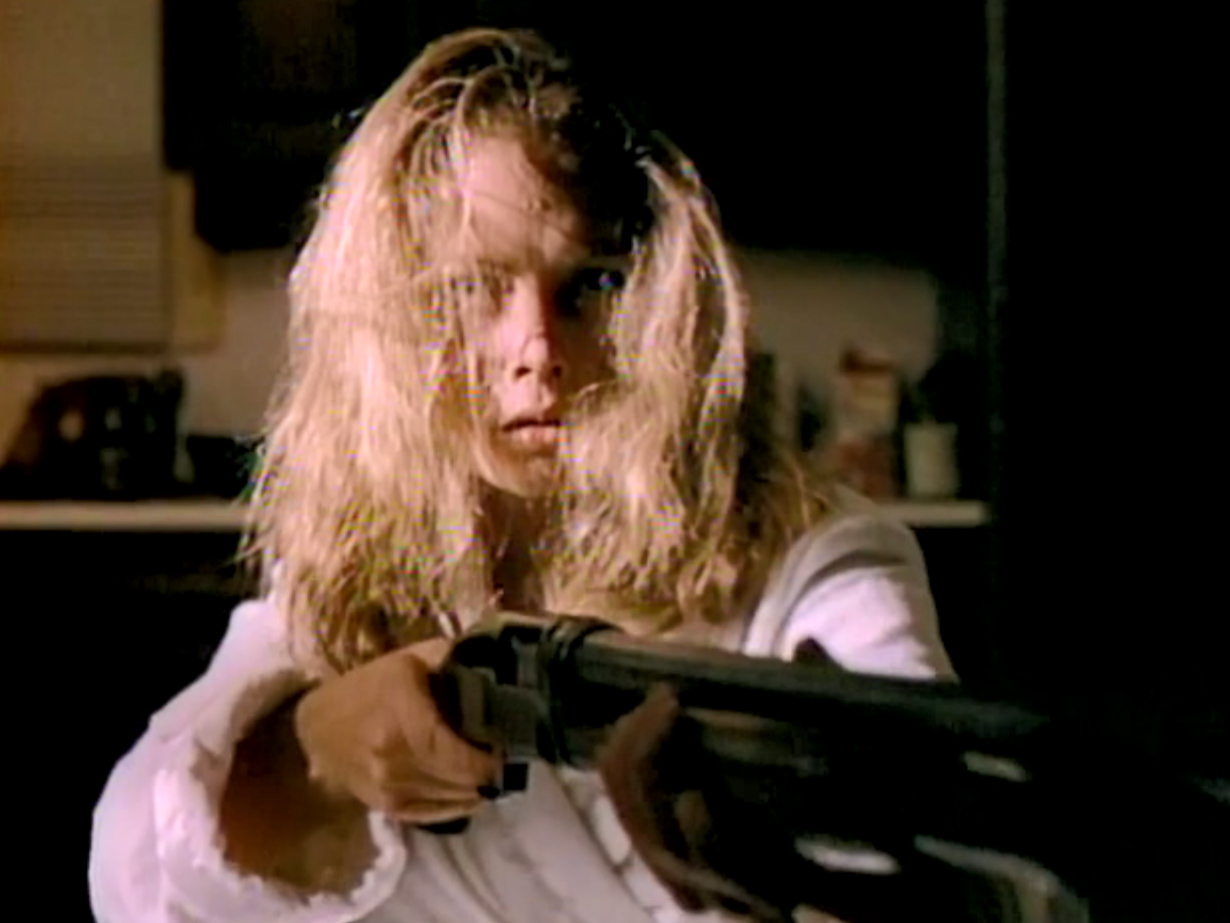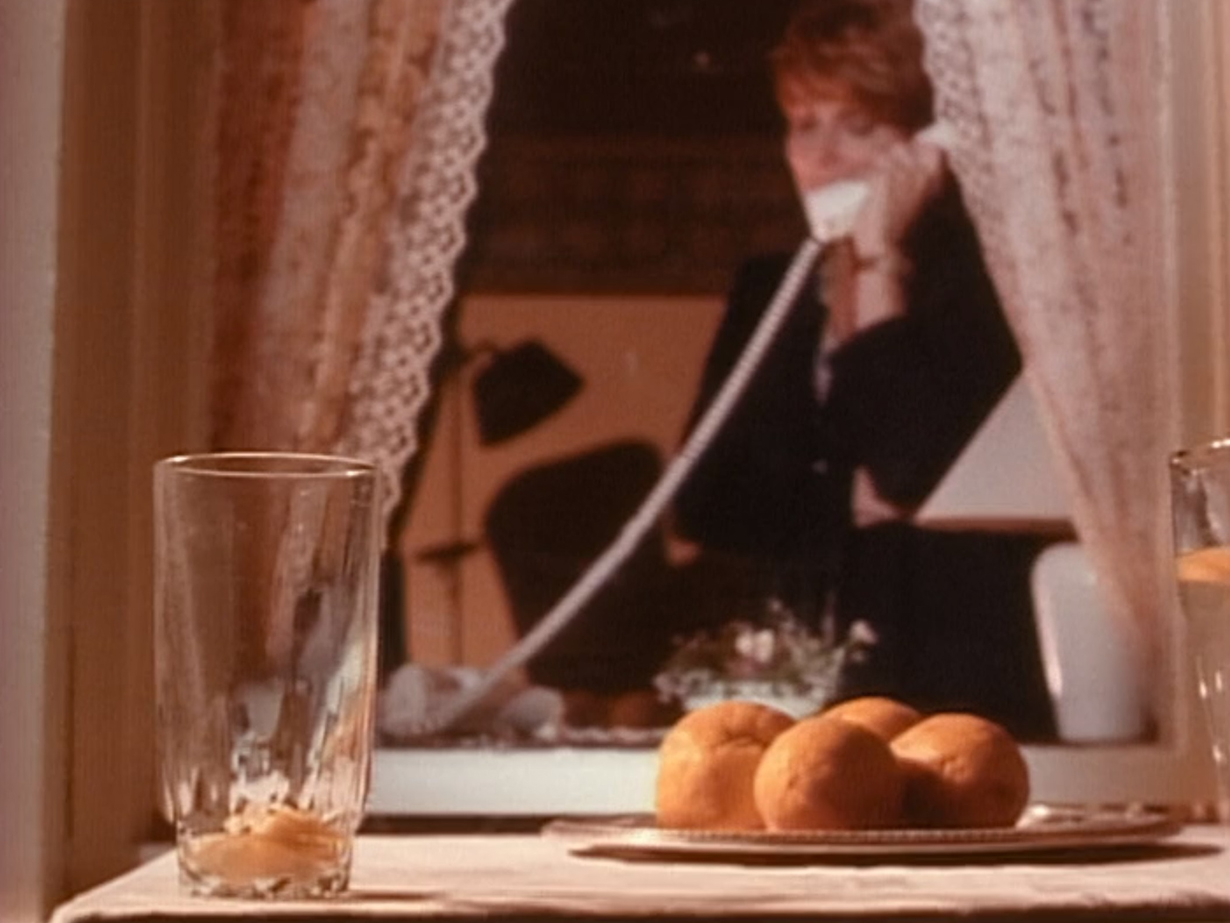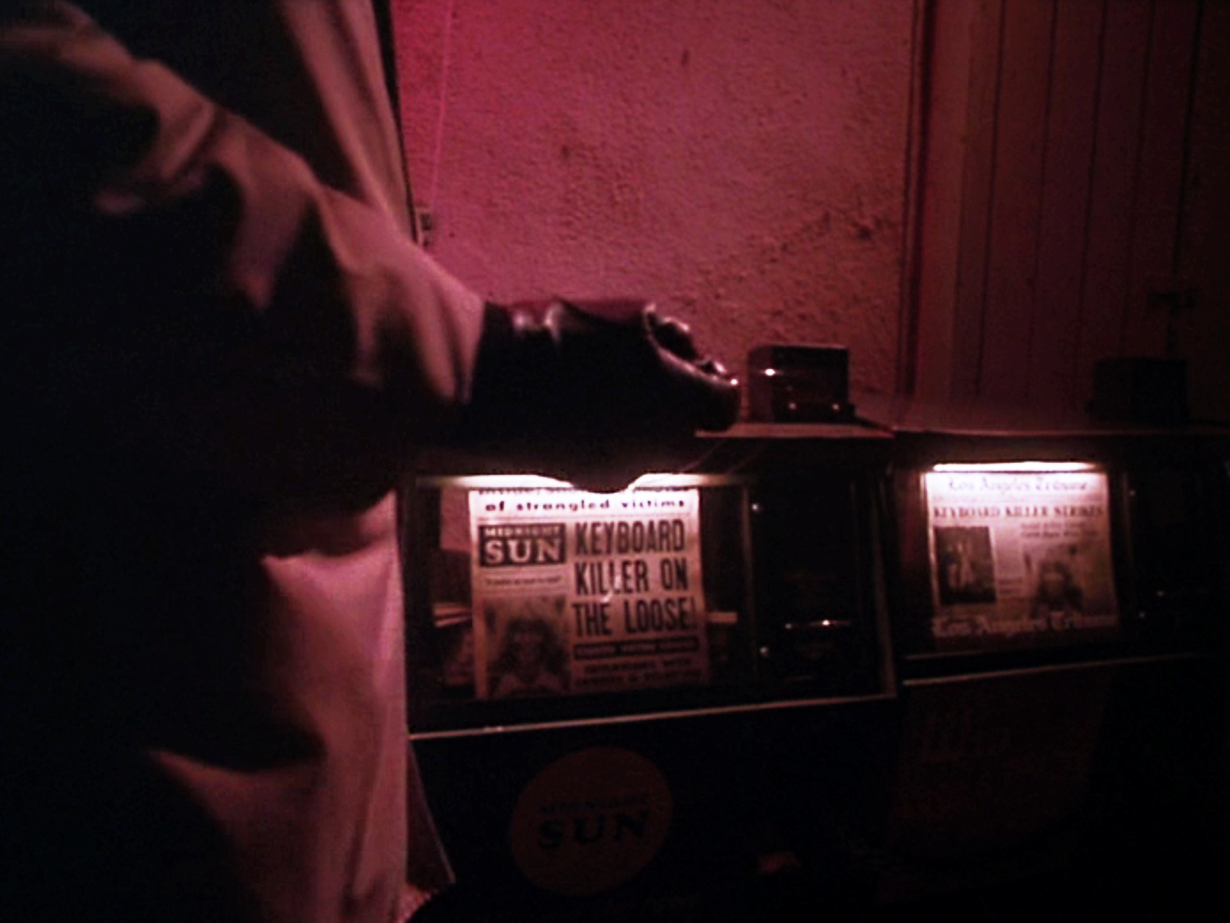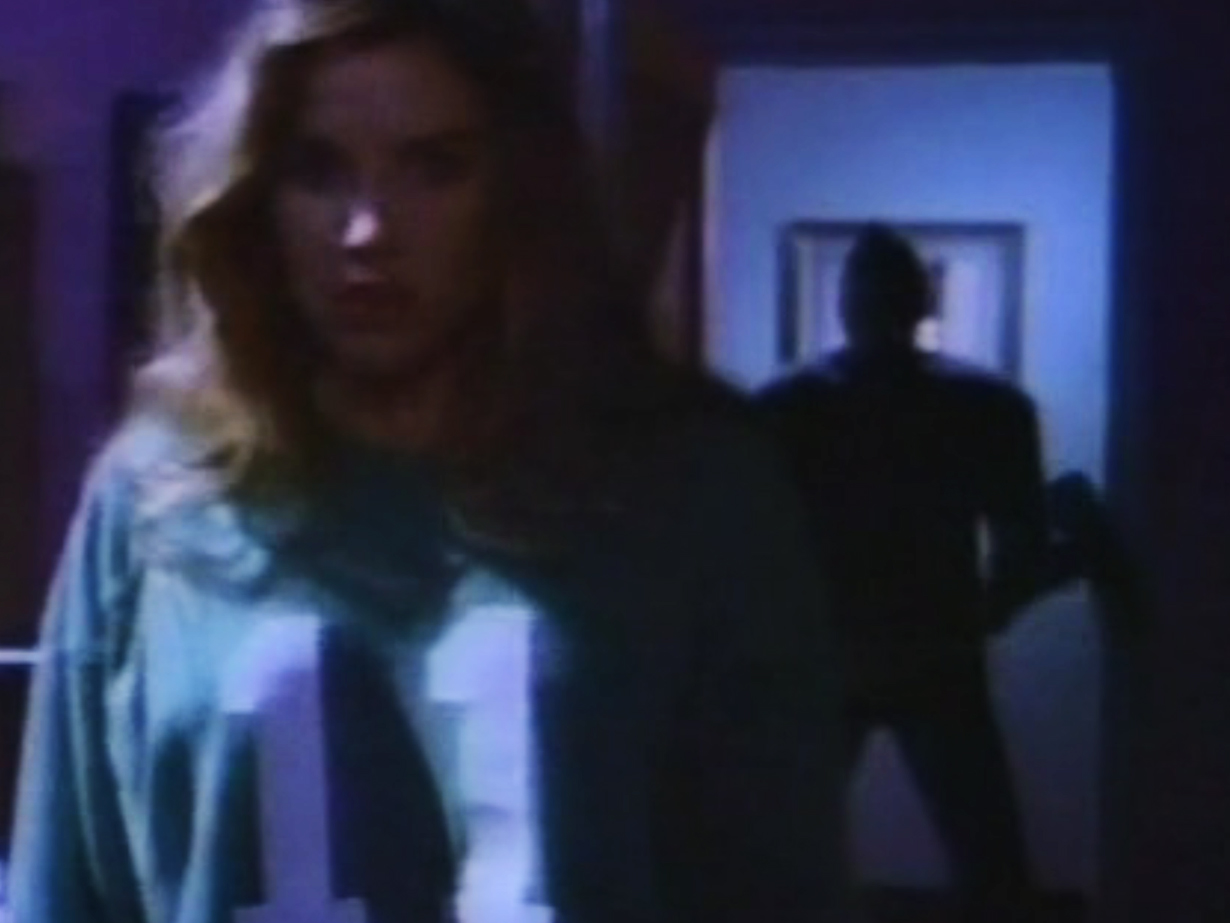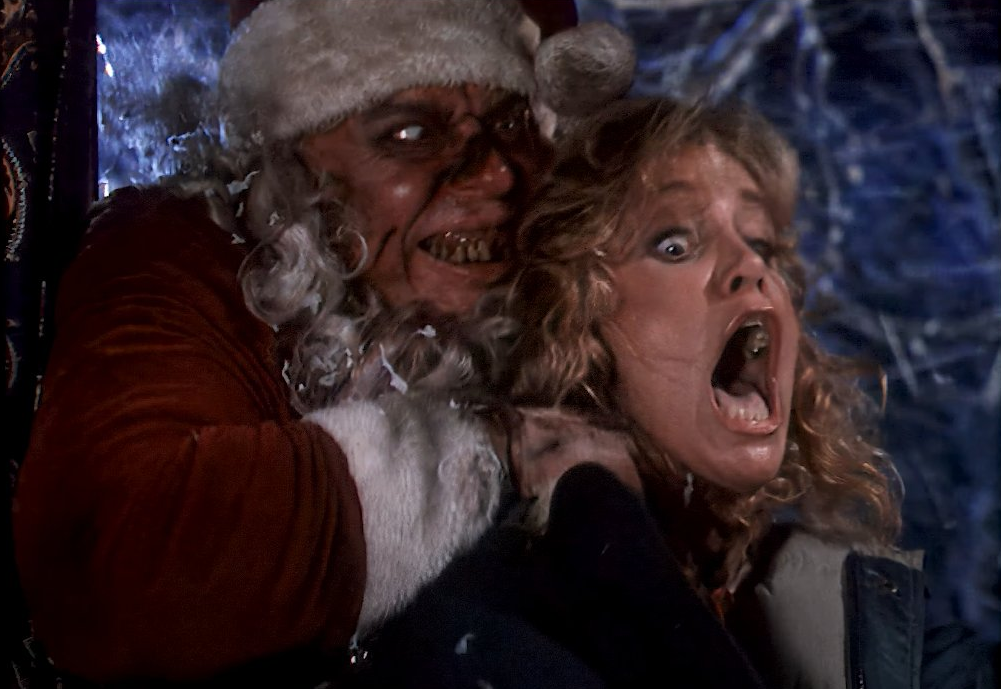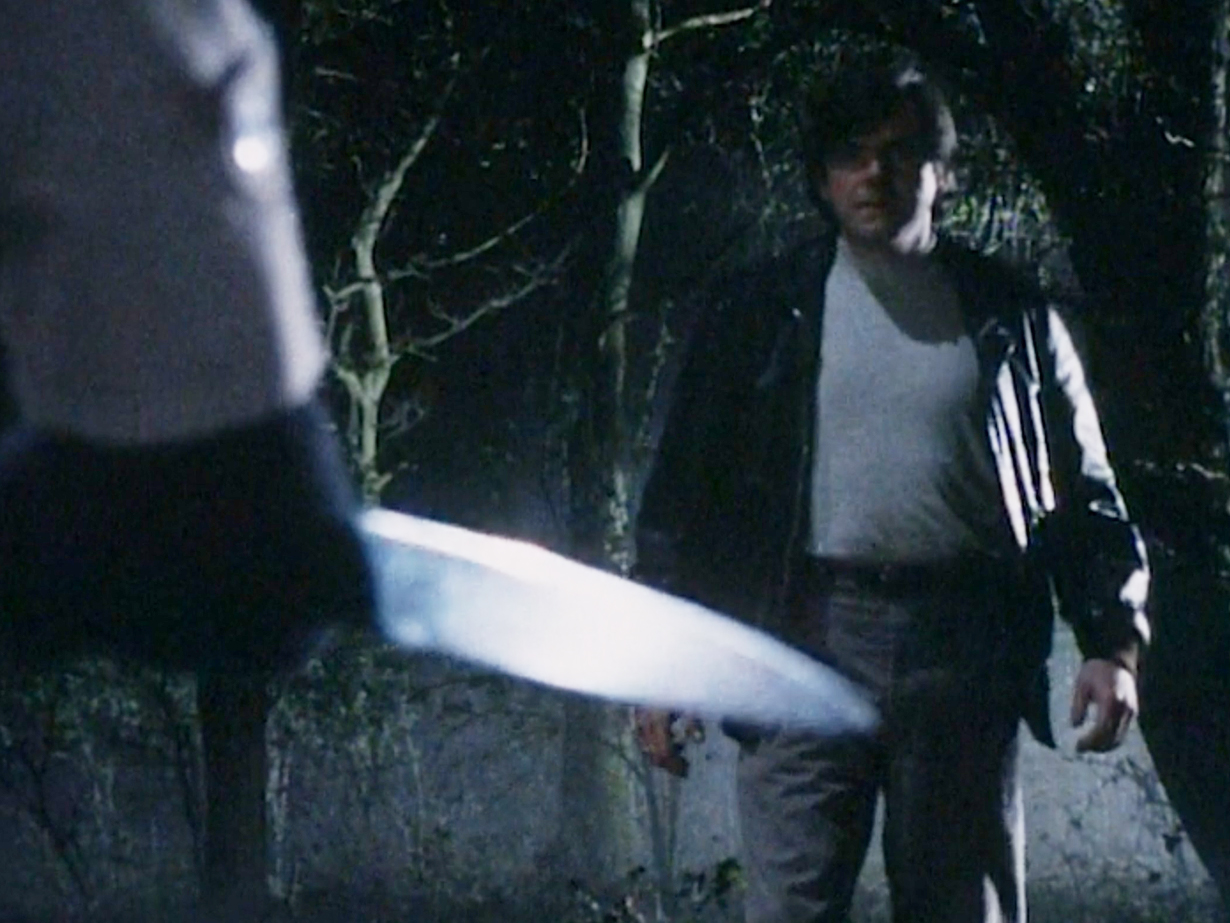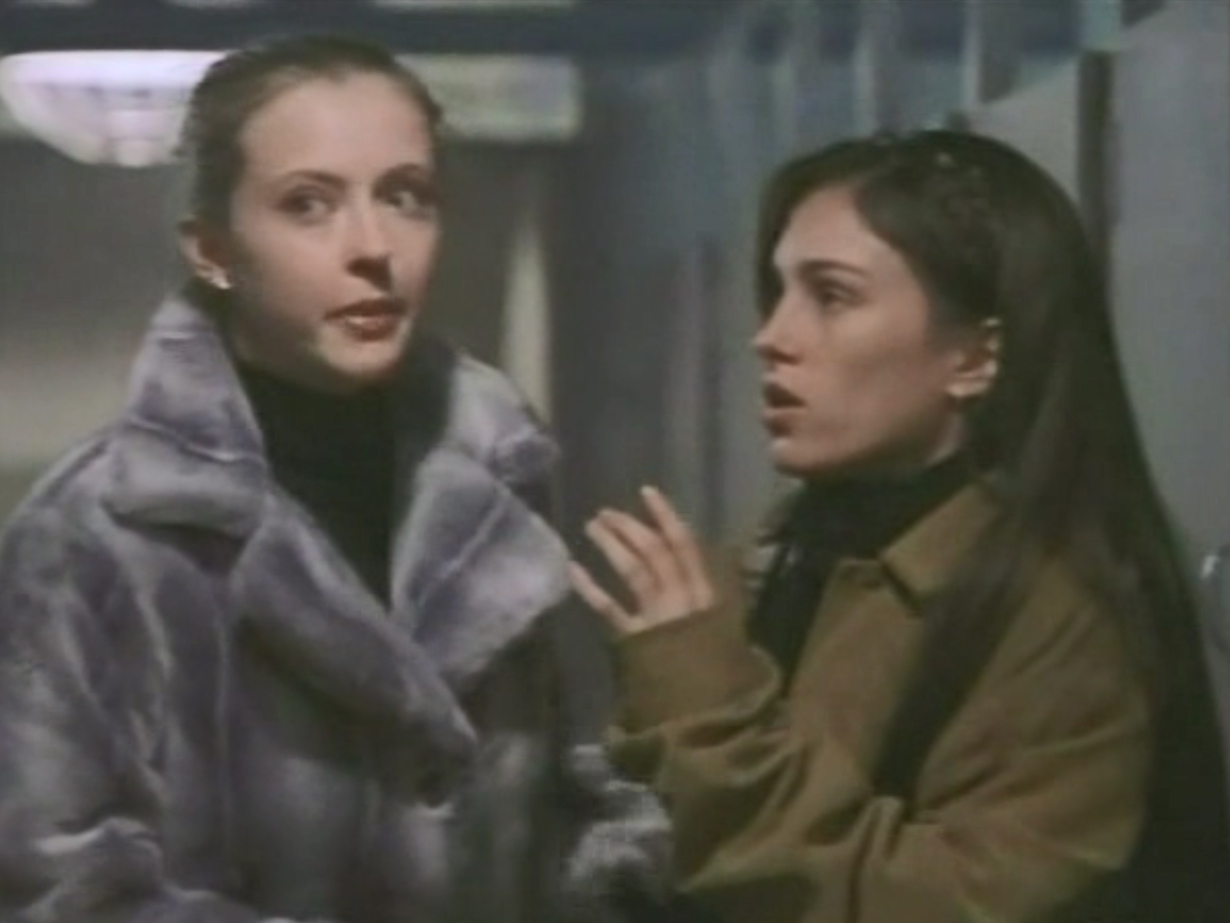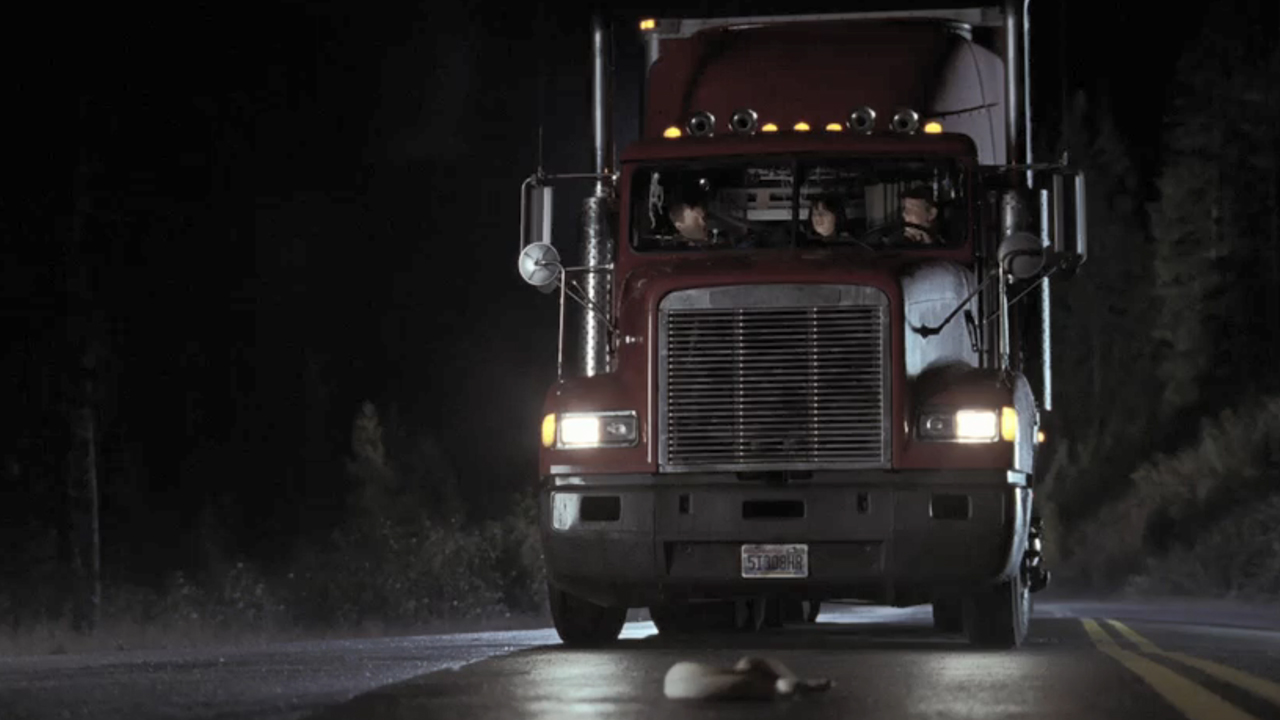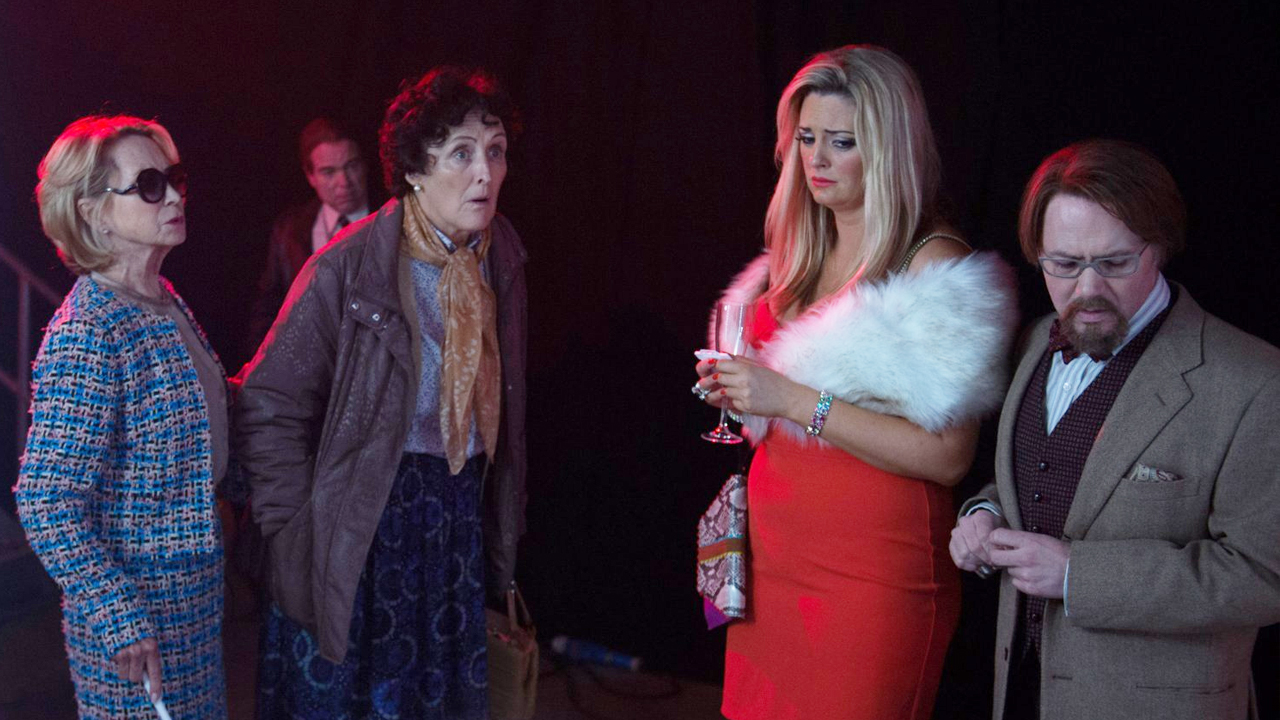10 Slasher Episodes of Horror Anthology TV Perfect for Halloween
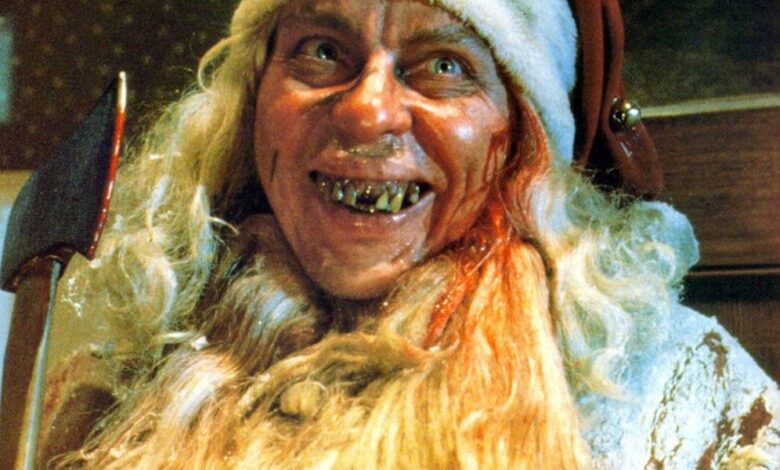
Tales From the Television looks back at standalone episodes from various TV anthologies. Each collection of stories, every one based on a specific theme, is proof that even the small screen can deliver big frights.
Sudden footsteps appear as someone walks alone on a pitch-black night; a babysitter is startled by the intrusive ringing of a phone call — these scenarios are fundamental to many classic horror movies where homicidal maniacs are on the prowl for new victims. Although they’re more infrequent on television, they do appear from time to time in your favorite programs.
The slasher formula isn’t always suitable for the small screen; time is an important factor when writing these kinds of stories. Stretching an already-thin premise out to a certain amount of episodes can be taxing on both writers and audiences. However, traditional anthology series have managed to break the routine down into shorter, streamlined stories that pay respect to slasher movies.
The Alfred Hitchcock Hour (1962): “An Unlocked Window”
Based on a story by Ethel Lina White — whose novel The Wheel Spins is the basis for Hitchcock’s 1938 movie The Lady Vanishes — and directed by Joseph M. Newman, “An Unlocked Window” is one of the most harrowing and brilliant episodes in all of The Alfred Hitchcock Hour; the twist ending alone will catch many viewers off guard. The episode was remade as part of the 1985 revival of Alfred Hitchcock Presents.
“An Unlocked Window” sees a pair of nurses becoming more and more paranoid after hearing news of a serial killer attacking women in the area. As a bad storm brews, the ladies suspect the murderer is actually outside the house they work at.
The Hitchhiker (1983): “The Killer”
This thriller anthology’s nomadic, tight-jeaned host guides us to the Kinderly family, whose home is visited by a deadly intruder one fateful night. Meg’s parents and siblings are set to go on a trip without her until someone breaks into their mansion and starts to kill each of them, one by one. Meg, who is in a wheelchair because of her medical condition, is finally left to fend for herself.
“The Killer” is a thoroughly suspenseful story topped off with an explosive ending that will undoubtedly raise a question or two.
The Ray Bradbury Theater (1985): “The Lonely One”
This episode aired during the show’s final season, and it’s based on several chapters from the titular author’s novel Dandelion Wine. In the particular subplot, a town so happens to have a serial killer lurking about. The television adaptation sees the character Lavinia (Joanna Cassidy, Blade Runner) letting her arrogance stand in the way of her own self-preservation. While everyone else is on edge about the killer, Lavinia insists she and her friends should walk through the ravine; this is where the latest victim was recovered. After their night out at the movies, the women part ways and Lavinia foolishly enters the same shortcut all by herself.
Like other episodes, “The Lonely One” ends with no actual resolution. Even so, the final scene is effective and rewards the viewer’s patience.
Amazing Stories (1985): “The Amazing Falsworth”
Although it failed to attract big ratings, the original Amazing Stories remains a benchmark of anthologies. Steven Spielberg’s series was diverse in genres and cinematic in appearance. The first season delivered one of the show’s finest, “The Amazing Falsworth,” where a psychic magician (Gregory Hines) detects a serial killer among his audience. Yet due to his being blindfolded at the time, Falsworth has no idea what the culprit looks like.
Spielberg conceived the story and Mick Garris penned the teleplay; Peter Hyams (The Relic, End of Days) directed the masterful and award-winning episode. With a touch of both giallo and neo-noir films, “The Amazing Falsworth” is a taut whodunit with a clever twist ending.
Freddy’s Nightmares (1988): “Do Dreams Bleed?”
Unlike Friday the 13th: The Series, Freddy’s Nightmares bears a direct connection to the movies it’s spun off from; Robert Englund reprised his role and became the host of this anthology. The episodes all took place in Springwood, which is now a sort of epicenter of evil influenced by Freddy’s power. Even though some stories were standalone, others spawned sequels down the line during the show’s two-season run.
“Do Dreams Bleed?” sees Freddy getting some competition when a masked killer nicknamed the Springwood Chopper appears. One student becomes involved all thanks to his psychic dreams, but then he’s pinned as the Chopper despite evidence suggesting otherwise. The second half of the episode focuses on the girlfriend who may be the key to unlocking this mystery.
Tales from the Crypt (1989): “And All Through the House”
The second on-screen adaptation of this story from EC’s The Vault of Horror is the one most people are familiar with; the first was in Amicus’ 1972 movie Tales from the Crypt. The television version has the same story: a wife kills her husband on Christmas Eve just before an escaped murderer dressed as Santa Claus shows up.
While both interpretations of “And All Through the House” play up the jolly maniac’s presence, the source material barely showed him. Robert Zemeckis and Fred Dekker’s episode instead magnifies the cat-and-mouse element by having the protagonist fight off the killer Kris Kringle at every turn. The comic’s dark wit is also more apparent in this distinctive episode.
Chiller (1995): “Number Six”
This short anthology series was co-produced by Lawrence Gordon Clark, whose most recognized contribution to British television horror is the long-running series of telefilms collectively called A Ghost Story for Christmas; Chiller packs a similar tone but in a more urban setting. In the episode “Number Six,” a town is anxious because five local children have been murdered. And as a baffled detective seeks clues from other children’s drawings, the sixth victim is selected.
Chiller smoldered rather than blazed with its five stories. “Number Six” is no exception, but its procedural approach to folkloric horror is a successful one. The episode more than earns its dire and downright creepy conclusion.
Night Visions (2001): “Rest Stop”
Yves Simoneau (Mother’s Boys) delivered one of the nastier stories in Fox’s anthology Night Visions. As host Henry Rollins warns, the characters’ “time is running out” after they pick up a handsome hitchhiker (Scream 2’s Jerry O’Connell). A fun road trip takes a wrong turn for four friends when their driver (Amy Jo Johnson of Power Rangers fame) insists they give a charming hitcher a ride. Her kindness is not rewarded as she and Katharine Isabelle (Ginger Snaps) are stalked by unseen maniacs while visiting a rest area along their route.
The episode predates the aughts’ onslaught of splatter heavy horror like Hostel, but as a precursor, “Rest Stop” is surprisingly accurate about the genre’s imminent changes that same decade. Another slasher-esque episode worth watching in the series is “Dead Air” where Lou Diamond Phillips plays a radio host who is menaced by a deranged caller.
Masters of Horror (2005): “Pick Me Up”
The late director Larry Cohen and writer David J. Schow (The Texas Chainsaw Massacre: The Beginning) crafted this delightfully garish and barmy episode of Mick Garris’ Masters of Horror. After a bus breaks down, the passengers and driver are hunted by two different serial killers; they then fight over the last victim (The Craft’s Fairuza Balk).
With the series released smack dab in the middle of the torture-horror era of the 2000s, many episodes in this anthology were gratuitous when it came to wanton violence. “Pick Me Up” is not one of the goriest entries in the show, but it’s not exactly dry, either. A familiar story is tweaked just enough so viewers are left guessing what will happen up until the very end.
Inside No. 9 (2014): “Private View”
At an art exhibition held inside a neon-lit, East London art gallery cluttered with mannequins, a group of select people is murdered, one after another, by a mysterious, black-gloved killer who bears a personal grudge against the other attendees.
The third season of Inside No. 9 finished with a clever stab at the pretentious world of art. Steve Pemberton and Reece Shearsmith’s story borrows from an array of sources like Agatha Christie’s And Then There Were None, the film Theatre of Blood, and various giallo and slasher movies. “Private View” maintains the show’s trademark sense of humor while also mustering up some proper suspense.
Source link

